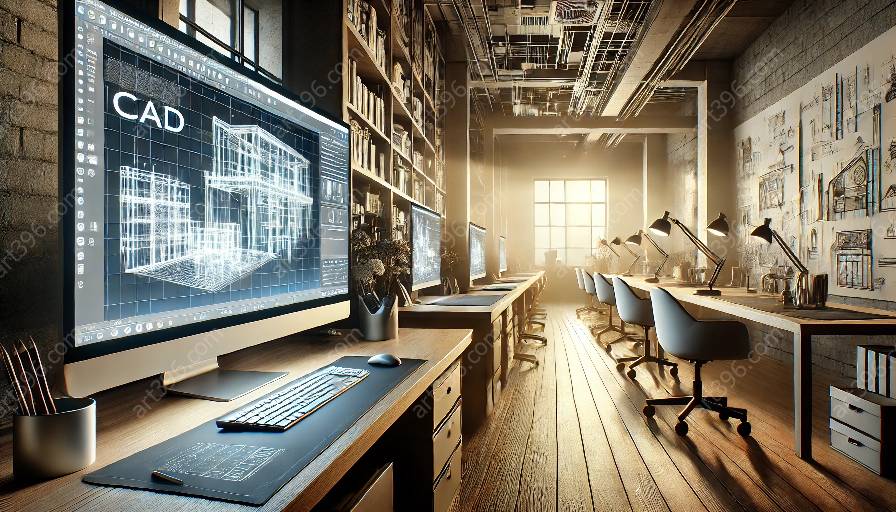Computer-aided design (CAD) software has dramatically transformed the way architectural design is conceptualized, developed, and presented. Human-computer interaction (HCI) plays a vital role in shaping the user experience and ultimately influencing the effectiveness and efficiency of CAD software in architectural design processes.
The Role of Human-Computer Interaction in CAD Software
Human-computer interaction encompasses the design, evaluation, and implementation of interactive computing systems for human use. In the context of CAD software for architectural design, HCI dictates how users interact with the digital environment, including user interfaces, input devices, and interaction design principles.
One of the key roles of HCI in CAD software is to optimize the usability and accessibility of the tools and features for architects and designers. By understanding the cognitive and ergonomic needs of users, HCI specialists strive to create intuitive interfaces and seamless workflows that align with the natural thought processes and design methodologies employed in architecture.
Enhancing Collaboration and Communication
Effective human-computer interaction in CAD software facilitates collaborative work environments where multiple stakeholders, including architects, engineers, and clients, can interact and contribute to the design process. Through features such as real-time rendering, 3D modeling, and virtual reality integration, HCI contributes to improved communication and visualization of architectural concepts, enabling more accurate and expressive design representations.
Furthermore, HCI considerations in CAD software address the need for interoperability and data exchange among different design and visualization tools, fostering seamless integration and compatibility within the architectural design ecosystem.
Impact on Architectural Practice
The impact of human-computer interaction in CAD software extends beyond the technical aspects, influencing the overall practice of architecture. HCI-driven CAD solutions empower architects to explore and iterate design ideas more efficiently, leading to innovative and responsive architectural solutions.
Moreover, the incorporation of HCI principles in CAD software contributes to the democratization of architectural design, as it enables a broader spectrum of professionals and stakeholders to engage in the design process, transcending traditional barriers imposed by technical complexity.
Embracing Emerging Technologies
As technology continues to evolve, the role of human-computer interaction in CAD software for architectural design becomes increasingly intertwined with emerging trends such as artificial intelligence, generative design, and parametric modeling. HCI specialists collaborate with software developers and architects to harness the potential of these technologies, ensuring that user interfaces and interaction paradigms adapt to the evolving landscape of architectural computation.
In conclusion, human-computer interaction plays a multifaceted role in the development and utilization of CAD software for architectural design. By prioritizing user-centric design, fostering collaboration, and embracing technological advancements, HCI contributes to the transformation of architectural processes and the realization of innovative, human-centered built environments.









































